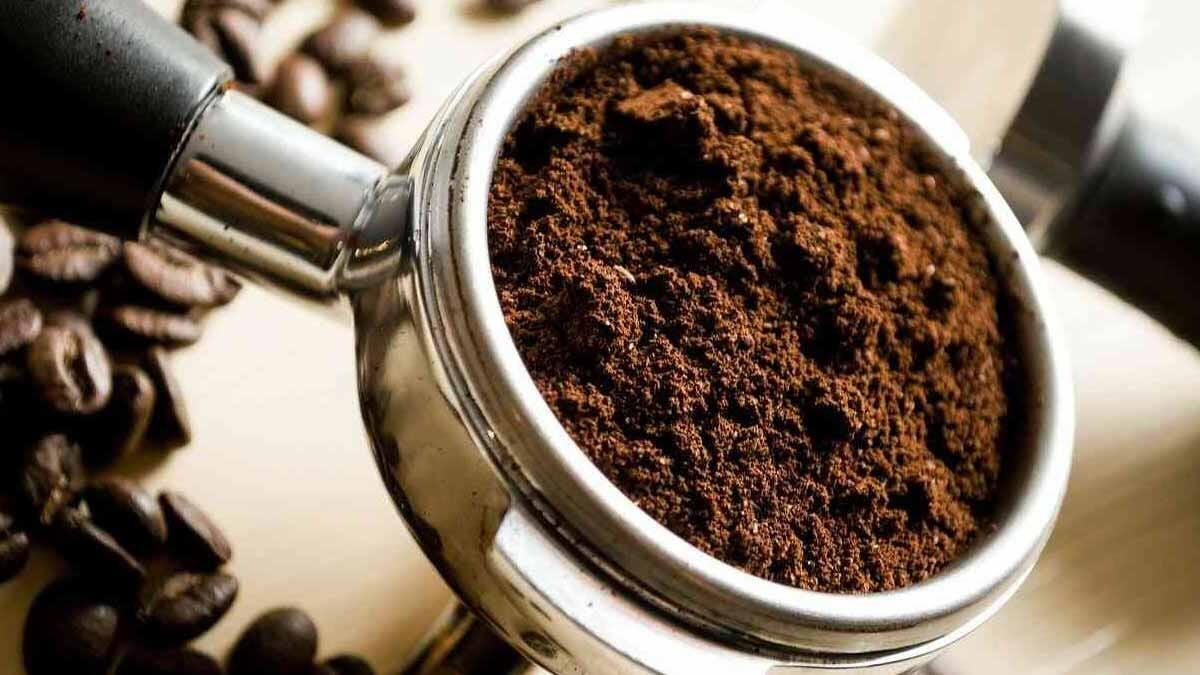Fresh strawberries are one of those fruits that instantly brighten a table. Their vibrant red color, juicy sweetness, and delicate fragrance make them a favorite in desserts, smoothies, and even eaten by the handful. But there’s a catch: strawberries are also one of the most fragile fruits. Buy them today, and by tomorrow you might already notice soft spots, mold, or a sour smell.
The good news? With the right approach, you can significantly extend their shelf life. It starts with selecting the best berries at the store and continues with smart storage techniques at home. Here’s everything you need to know to enjoy your strawberries while they’re still at their best.
Pick the Right Strawberries from the Start
Unlike bananas or peaches, strawberries don’t ripen once they’ve been harvested. That means the quality you buy is the quality you’ll eat. Choosing wisely makes all the difference.
When shopping, look for strawberries that are:
-
Deep red in color with no white or green patches near the stem.
-
Firm to the touch but not rock-hard. Soft berries are usually on their way out.
-
Fresh-looking leaves (the green tops). If the tops are wilted, dry, or missing, it’s a sign the fruit isn’t very fresh.
Packaging is another detail worth noticing. Strawberries sold in plastic clamshell boxes may look neat, but these containers trap moisture, which speeds up mold growth. If possible, go for berries sold in cardboard punnets or wooden baskets. These breathable packages allow better airflow, reducing humidity and helping the fruit stay fresh longer.
The Best Way to Store Strawberries at Home
The instinct for most people is either to leave strawberries in a fruit bowl on the counter or to pop them straight into the fridge. Unfortunately, both options come with problems. At room temperature, strawberries deteriorate very quickly, especially in warm weather. But in the refrigerator, while they may last a little longer, they often lose flavor and become mushy.
The trick is to manage airflow and moisture control. Here’s a step-by-step method:
-
Line a shallow container with a paper towel to absorb excess moisture.
-
Place the strawberries in a single layer if possible. If you need to stack them, put another layer of paper towel between the berries.
-
Cover loosely with a lid or plastic wrap, but make sure there are small holes or gaps for air circulation.
-
Keep the container in a cool, dark spot in your kitchen. If you must refrigerate them, store them toward the front of the fridge, which is slightly warmer than the back.
This method slows down mold growth and prevents the berries from sitting in their own moisture, which is usually what causes them to spoil so fast.
Simple Tricks to Extend Their Freshness
Beyond proper storage, there are a few additional tips that can give your strawberries a longer life.
-
Vinegar rinse: Mix one part vinegar with three parts water and give your strawberries a quick bath. This kills bacteria and mold spores that cause the fruit to spoil. Just make sure to rinse them again with plain water and dry them thoroughly before storing. Any leftover moisture will do more harm than good.
-
Leave the tops on: Don’t remove the green stems until you’re ready to eat the berries. The tops act as a natural barrier that helps the fruit retain moisture and freshness.
-
Daily check-ups: It only takes one spoiled strawberry to ruin the entire batch. Make it a habit to go through your container each day and remove any fruit that’s starting to soften, mold, or smell off.
-
Honey trick: For special occasions, dipping strawberries in a light honey-and-water solution creates a natural coating that slows down spoilage. It’s a clever way to keep them looking fresh for parties or events.
Freezing Strawberries for Later
If you’ve bought more strawberries than you can realistically eat in a few days, freezing is a fantastic option. Here’s how to do it without ending up with a block of fruit stuck together:
-
Wash and dry the strawberries thoroughly.
-
Remove the green tops if desired.
-
Spread them out on a baking sheet in a single layer and freeze until firm.
-
Transfer the frozen berries to a resealable freezer bag.
This way, you can grab as many as you need for smoothies, baking, or sauces without defrosting the whole batch. Frozen strawberries won’t be as firm as fresh ones, but they’ll keep their sweet flavor for months.
Enjoying Strawberries at Their Best
Strawberries are delicate, but with a little care, you can stretch their shelf life and enjoy them at their peak flavor. To recap:
-
Choose firm, bright-red berries with fresh green tops.
-
Avoid plastic containers that trap moisture; breathable packaging is better.
-
Store strawberries in a shallow, paper towel–lined container with airflow.
-
Use natural tricks like vinegar rinses or honey dips to extend freshness.
-
Check daily for spoiled fruit to prevent one bad berry from spoiling the rest.
By following these tips, you’ll not only save money but also reduce food waste and enjoy every bite of your strawberries while they’re still bursting with flavor.
So next time you bring home a basket of strawberries, resist the urge to toss them straight into the fridge or leave them on the counter. A little extra attention can make a big difference — and keep that sweet, juicy taste around for days longer.






